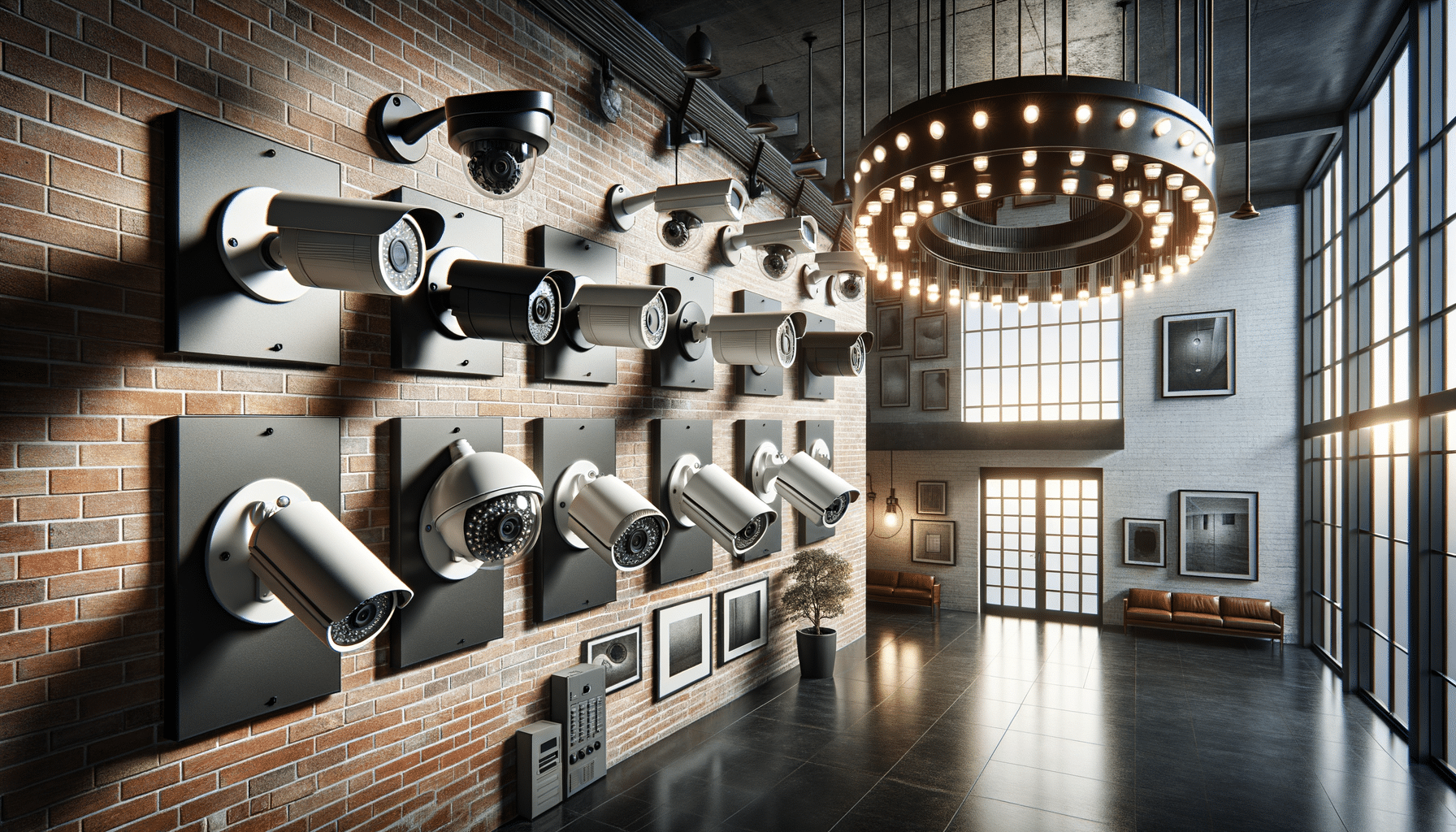
Security Cameras
Introduction to Security & Surveillance Cameras
In today’s world, security and surveillance cameras have become an integral part of both residential and commercial security systems. As technology advances, these devices have evolved from simple recording tools to sophisticated systems capable of deterring crime, providing critical evidence, and even enhancing property management. Understanding the various aspects of security cameras can help individuals make informed decisions about their security needs.
Types of Security Cameras
Security cameras come in various forms, each designed to meet specific needs. The most common types include:
- Bullet Cameras: Known for their long cylindrical shape, these cameras are often used outdoors and are ideal for covering long distances.
- Dome Cameras: With a dome-shaped housing, these cameras offer a discreet and versatile option, often used in retail and office environments.
- PTZ Cameras: PTZ stands for pan, tilt, and zoom, allowing these cameras to cover a wide area and zoom in on specific activities.
- IP Cameras: Internet Protocol cameras transmit data over a network, offering high-resolution images and remote access capabilities.
- Wireless Cameras: These cameras offer flexibility and ease of installation, making them popular for home security.
Choosing the right type of camera depends on factors such as location, coverage area, and specific security needs.
Key Features to Consider
When selecting a security camera, several features are crucial for ensuring optimal performance:
- Resolution: High-resolution cameras provide clearer images, which are essential for identifying details in surveillance footage.
- Night Vision: Cameras with infrared capabilities can capture images in low-light conditions, enhancing security around the clock.
- Motion Detection: This feature alerts users to any movement within the camera’s field of view, allowing for prompt response to potential threats.
- Field of View: A camera’s field of view determines the area it can cover, impacting the number of cameras needed for comprehensive surveillance.
- Storage Options: Consider whether the camera uses cloud storage, local storage, or a combination of both to store footage.
Evaluating these features helps ensure that the chosen security camera system meets the user’s specific requirements.
Installation and Maintenance
Proper installation and maintenance are vital for the effective operation of security cameras. During installation, it’s important to consider:
- Camera Placement: Position cameras at entry points, high-traffic areas, and other vulnerable locations to maximize coverage.
- Wiring and Connectivity: Ensure that all connections are secure and that wireless cameras have a strong signal to prevent interruptions.
- Power Supply: Choose between wired and battery-powered options based on the installation environment and power availability.
Regular maintenance includes cleaning lenses, checking for software updates, and ensuring that all components are functioning correctly. Routine checks help prolong the life of the system and maintain its effectiveness.
Legal and Ethical Considerations
While security cameras enhance safety, it’s crucial to consider legal and ethical implications. Key considerations include:
- Privacy Laws: Familiarize yourself with local regulations regarding surveillance to avoid legal issues.
- Consent: In some areas, consent may be required to record individuals, especially in private spaces.
- Data Protection: Implement measures to secure recorded data, protecting it from unauthorized access and breaches.
Balancing security needs with respect for privacy ensures responsible use of surveillance technology.
Conclusion: Embracing Security Technology Responsibly
Security and surveillance cameras offer significant benefits in safeguarding properties and ensuring peace of mind. By selecting the right type of camera, considering essential features, and adhering to legal guidelines, users can effectively integrate these systems into their security strategies. As technology continues to advance, staying informed about new developments and best practices will help users leverage these tools responsibly and efficiently.


